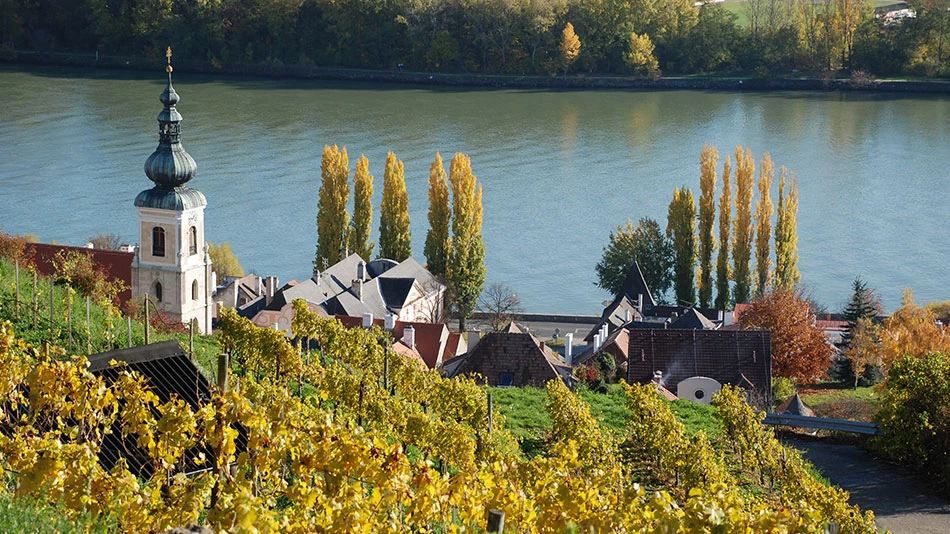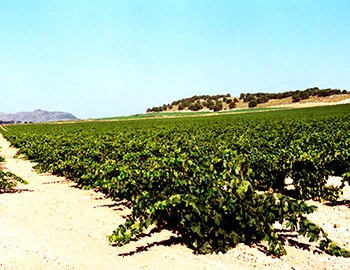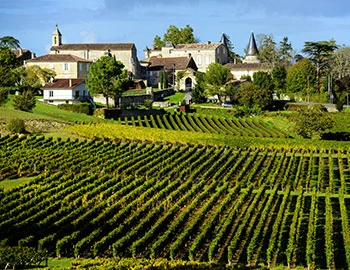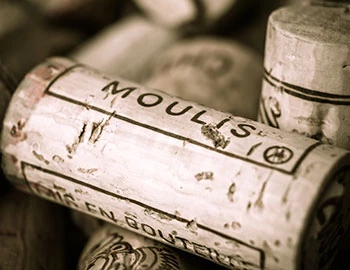Wachau
Wachau: white crus of world renown
The Wachau is literally a spectacle for all the senses. The river landscape is extraordinarily beautiful, and its terraced vineyards were added to the inventory of UNESCO World Heritage Sites in 2000. The wines, too, are spectacularly good. Grüner Veltliner and Riesling are in friendly competition for being the most high-quality white wines in Austria. In their own way, each variety yields unique crus that combine power and finesse in playful lightness.
White wines from Wachau
If there were an award for the most poetic of wine designations, it would certainly go to the Vinea Wachau, the association in which around 85 percent of all wineries in the area are represented. The dancing light wines with an alcohol content of no more than 11.5 percent by volume are marketed under the name “Steinfeder”, after the feather grass of the same name that grows on the steep slopes. The classic wines of at most 12.5 percent by volume are called “Federspiel” – a falconry term that once referred to a falcon's return. And the powerful top wines here are “Smaragd” (emerald), coming from the name of the green lizard that is most at home on the hot, dry walls of the vineyard terraces. No wine sold with this designation may be “chaptalized” with sugar, while the wines are vinified in small oak barrels dry, and without aging.
A white wine country
With an area of 1,350 hectares, Vaud is among the smaller wine-growing areas in Lower Austria. For this reason, it is the region with the greatest prestige, mainly due to its white Grüner Veltliner and Riesling varieties. The first written mention of grape cultivation comes from the time of the Carolingians in 830. Nonetheless, the Romans also produced wine here, and the wines were already known beyond the borders of modern Austria by the middle ages. The vineyards follow the course of the river for a distance of approximately 30 kilometres between the Benedictine monasteries of Melk and Göttweig.
Micro-terroirs make the difference
The unique character of the wines is down to the richness in variations in the soil. In the higher terraced vineyards, the vines are rooted in primary rock soils of gneiss, while in the lower layers more loess mixed with sand and gravel prevail. The climatic conditions are similarly complex, with alternating influences of cold air from the west and warm air from the Pannonian Plain in the east. Cold downdrafts, the mellowing influence of the river, and the huge dry stone walls that store heat also influence the respective microclimates. Differences in elevation also play a role – vines here are rooted between 250 and 450 metres above sea level.








